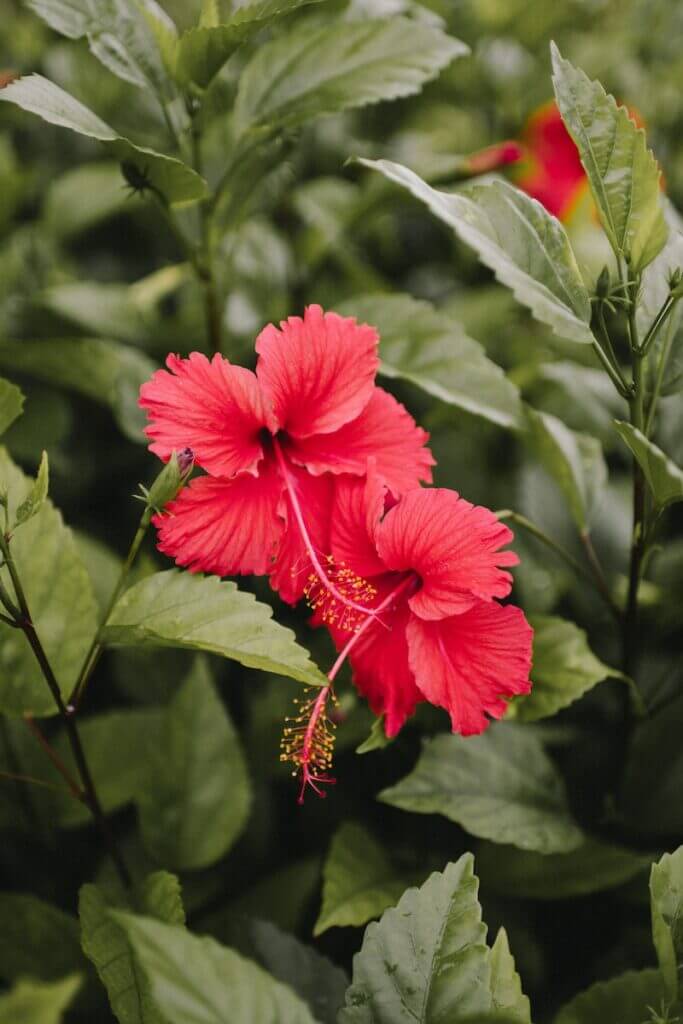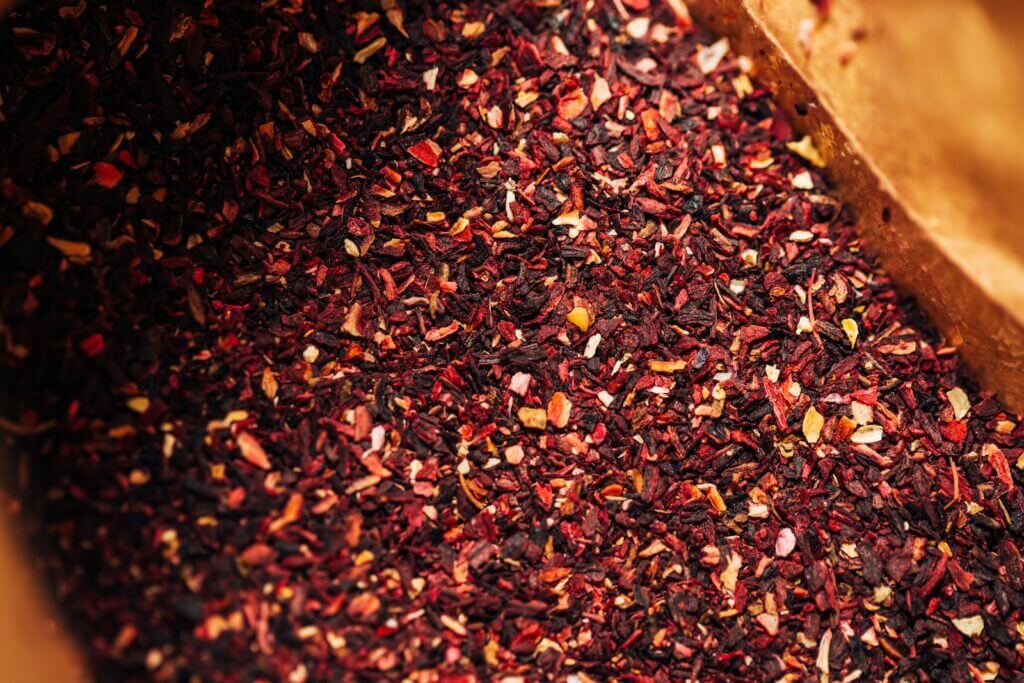Hibiscus tea, with its vibrant red hue and tangy flavor, is more than just a delightful beverage; it’s a soothing and healthful brew. This crimson elixir has been cherished for centuries across various cultures for its unique taste and potential health benefits. In this comprehensive guide, we’ll delve into the origin of hibiscus tea, explore its preparation, flavor profile, potential advantages, and the wonderful experience it offers. Join us on a journey through the world of hibiscus tea.
Unveiling the Origin: The History of Hibiscus Tea
Hibiscus, a tropical and subtropical flowering plant, is known for its stunning, trumpet-shaped blossoms. While hibiscus tea is often associated with cultures in Africa, the Middle East, and the Caribbean, it’s enjoyed worldwide today. The exact origin of hibiscus tea may be challenging to pinpoint, but its use can be traced to various ancient civilizations.
The vibrant hue of hibiscus tea is derived from the calyces, the outer part of the flower that protects the petals. Dried hibiscus calyces create the key ingredient for brewing this distinctive herbal tea. Hibiscus tea’s popularity soared due to its zesty flavor and potential health benefits.

Crafting the Perfect Brew: Preparation and Flavor Profile
Brewing hibiscus tea is a simple and rewarding process. Here’s how to prepare a refreshing cup:
Ingredients:
- Dried hibiscus calyces (2 teaspoons)
- Fresh, hot water (8 oz or 240 ml)
- Optional sweeteners like honey or citrus slices
Brewing Instructions:
- Prepare the Calyces: Start by placing 2 teaspoons of dried hibiscus calyces in a teapot or infuser.
- Add Hot Water: Bring fresh, hot water to a boil. Ensure the water is around 200°F (93°C).
- Steeping Time: Pour the hot water over the dried hibiscus calyces. Let the tea steep for 5-7 minutes. You can adjust the steeping time for your preferred intensity of flavor.
- Strain and Serve: Once steeped, remove the hibiscus calyces or strain the tea to separate the liquid from the calyces. Feel free to enhance the flavor with honey or add a few slices of fresh citrus.
A Symphony of Flavors
Hibiscus tea offers a burst of flavors and sensations that make every sip a joy:
- Taste: Hibiscus tea is celebrated for its tart and tangy flavor profile. It combines a zesty kick with a delightful, refreshing taste.
- Color: The deep red hue of hibiscus tea is a visual treat. Its vibrant color adds to the overall sensory experience.
- Fragrance: As you brew hibiscus tea, the room is filled with the pleasant scent of hibiscus flowers, creating an inviting and refreshing ambiance.
- Texture: Hibiscus tea is naturally caffeine-free and offers a silky, smooth texture that’s gentle on the palate.
Unveiling the Potential Benefits
Hibiscus tea is not only a flavorful delight but also associated with several potential health benefits:
1. Rich in Antioxidants:
Hibiscus tea is a potent source of antioxidants, which can help combat free radicals in the body and support overall health.
2. Blood Pressure Management:
Studies suggest that hibiscus tea may contribute to lowering blood pressure, making it beneficial for heart health.
3. Weight Management:
The compounds in hibiscus tea may aid in weight management and help in maintaining a healthy body mass.
4. Liver Health:
Regular consumption of hibiscus tea is believed to benefit the liver, promoting its health and functionality.
5. Kidney Function:
Hibiscus tea might assist in supporting kidney function and preventing certain kidney-related issues.


Editor’s Perspective
As an editor with a penchant for unique teas, hibiscus tea has been a delightful discovery in my tea journey. Its vivid red hue and vibrant flavor make it a captivating choice for both leisurely sipping and serving to guests. What I particularly appreciate is its versatility; hibiscus tea can be enjoyed hot or cold, plain or with various flavor enhancements.
On the downside, the tartness of hibiscus tea can be overwhelming if brewed too strongly. I recommend adjusting the steeping time to find the right balance for your palate. It’s essential to appreciate the vivid color and bold flavor hibiscus tea offers without letting it become overly sour.
Conclusion
Hibiscus tea is a brilliant and flavorful infusion that beckons you with its vibrant appearance and zesty taste. Whether you’re drawn to its striking color, refreshing tang, or potential health benefits, hibiscus tea is a unique and delightful brew. So, brew yourself a cup, enjoy the stimulating flavors, and experience the refreshing world of hibiscus tea.

